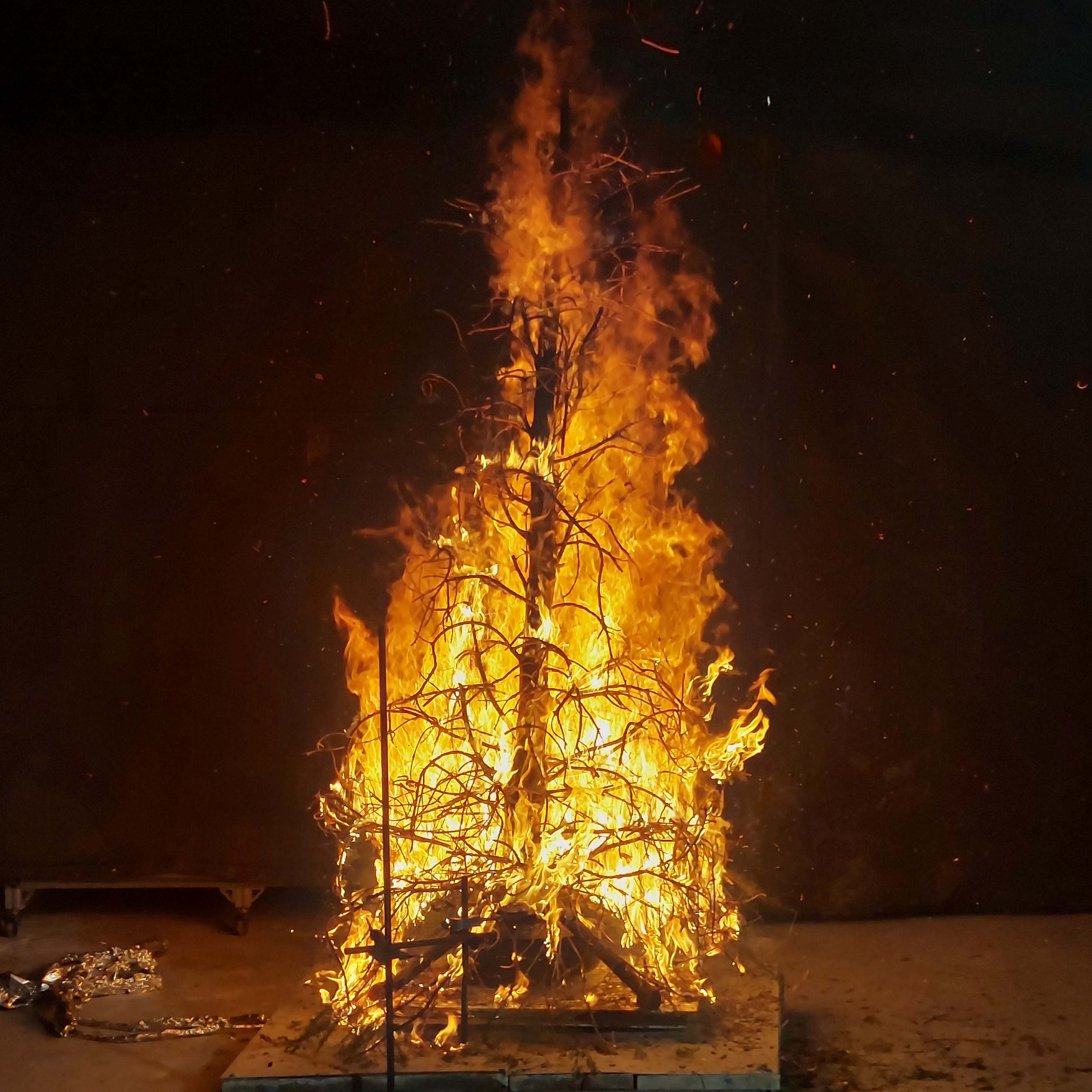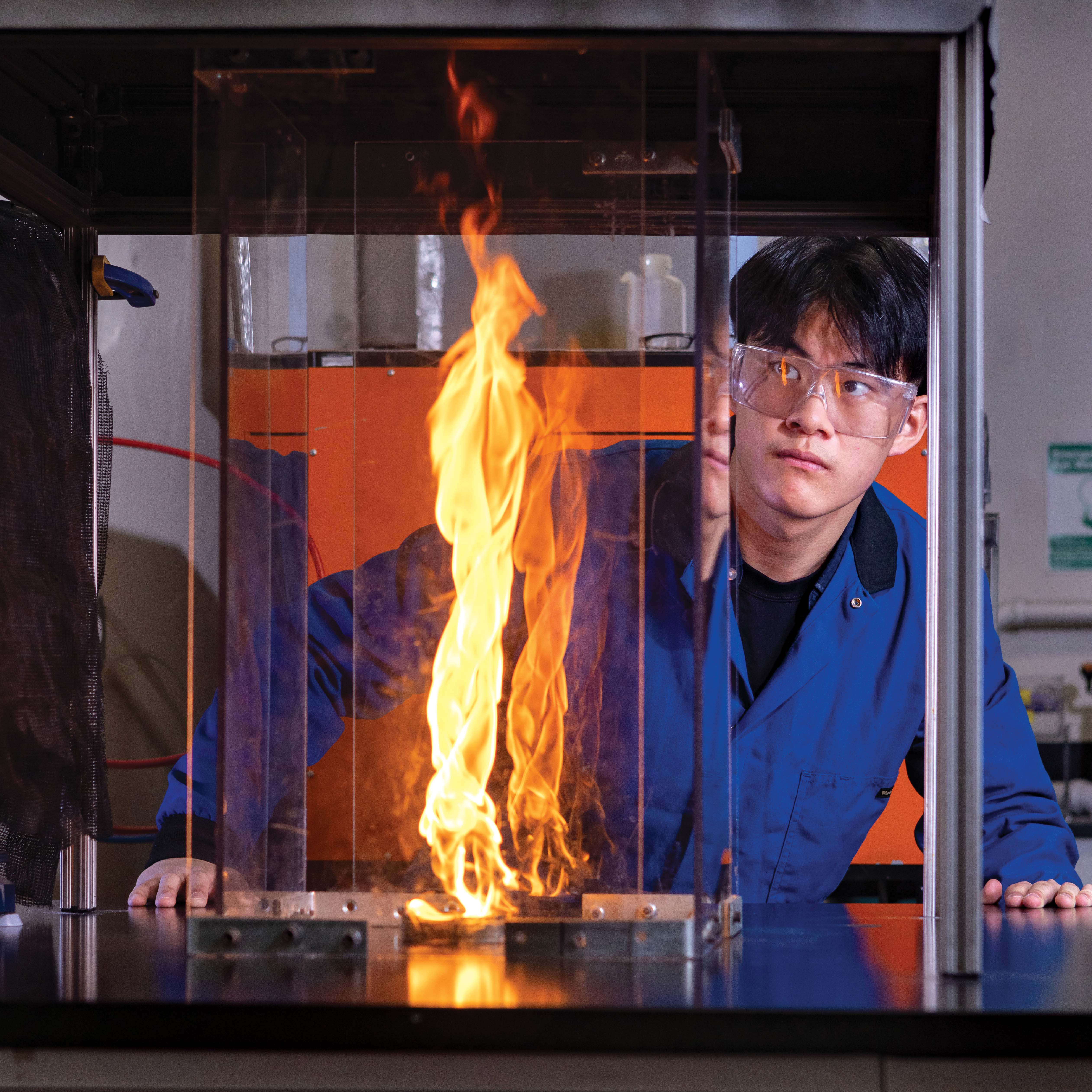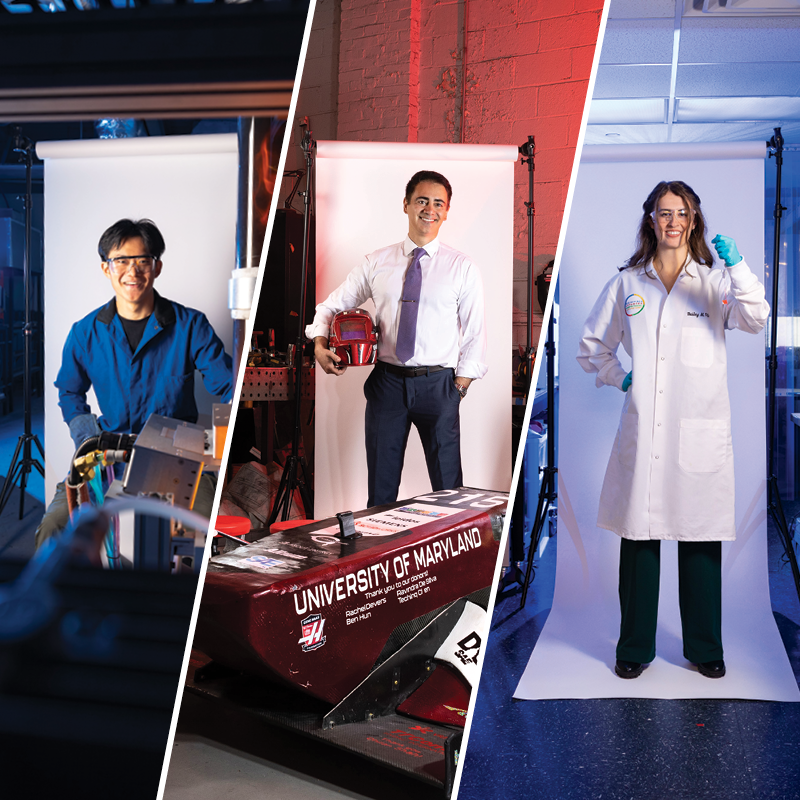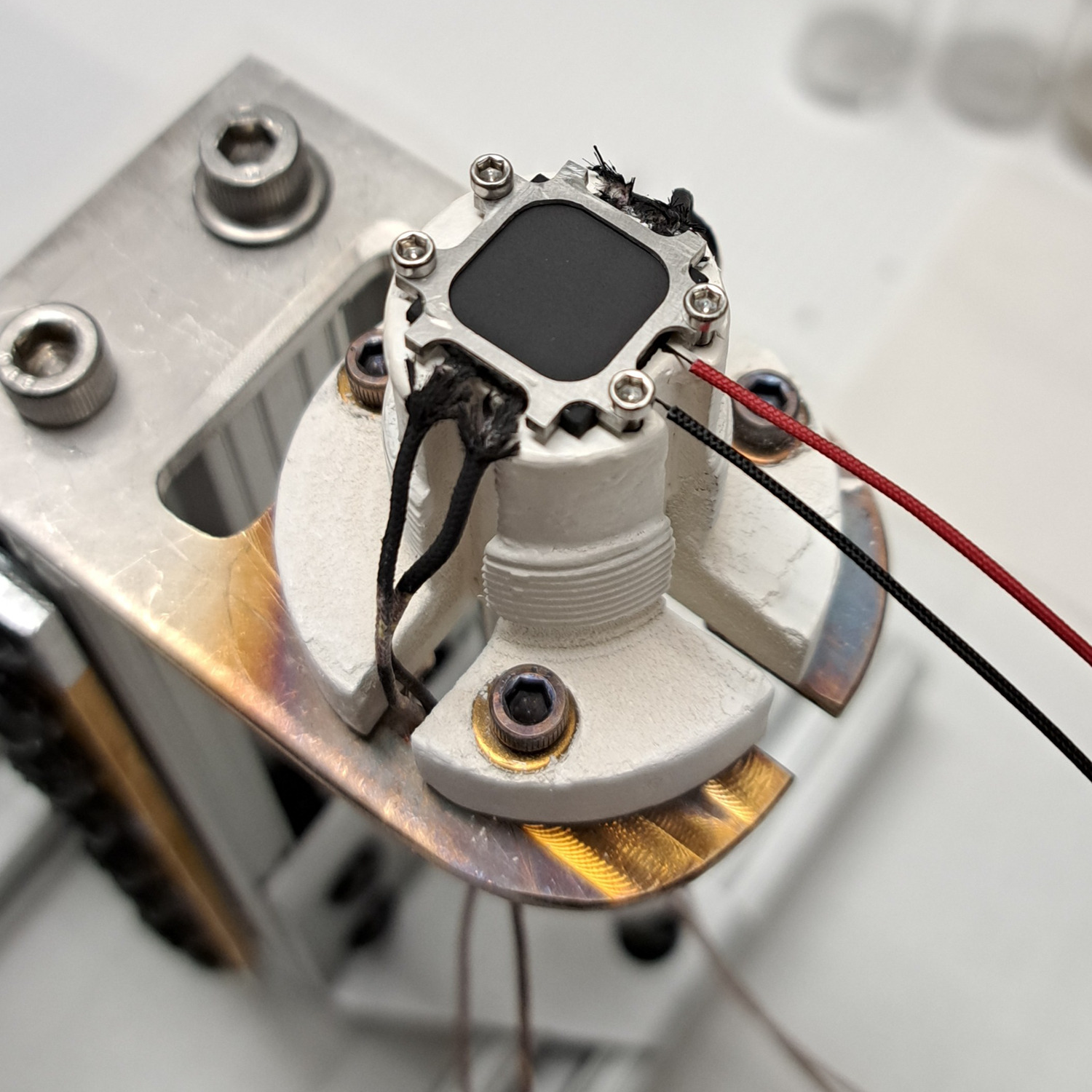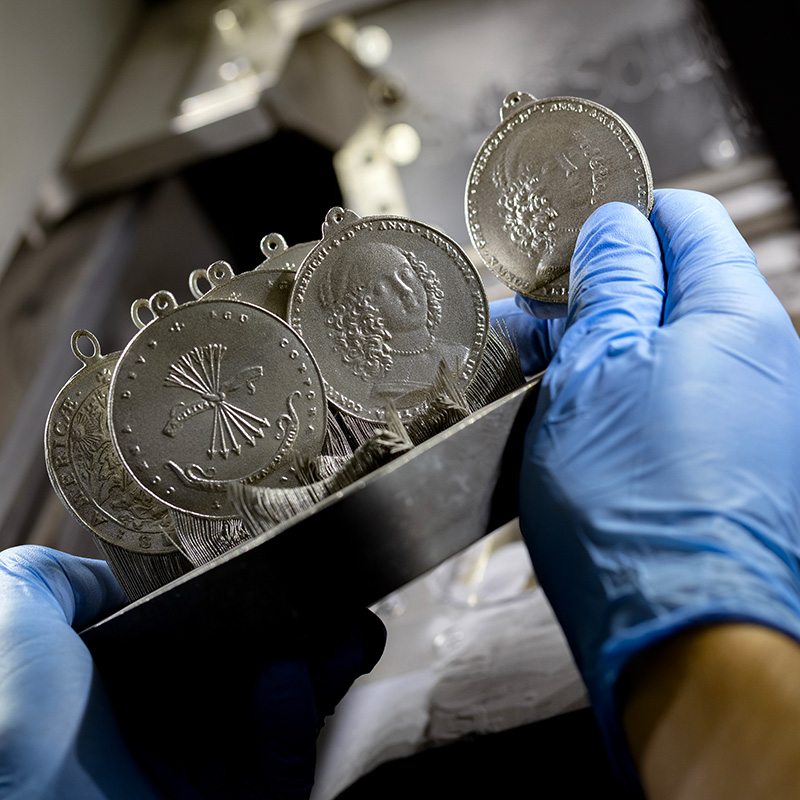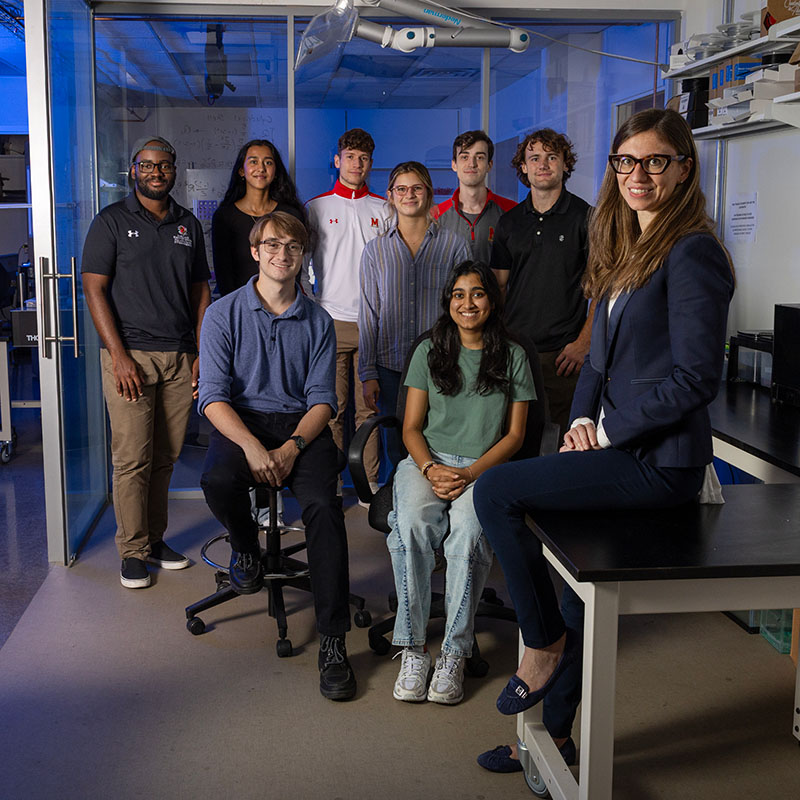News Story
NSF Awards $900K to Project Enhancing Fire Investigation Training Models
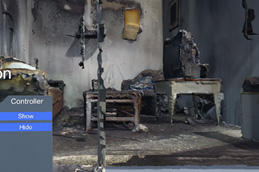
The National Science Foundation (NSF) has awarded a $900,000 grant towards an initiative set to improve fire investigation training programs, which will address a training gap that could enhance post-scene analysis quality for public safety.
Shuna Ni, an assistant professor in the Department of Fire Protection Engineering, will lead the development of a multimodal embodied fire investigation training platform that focuses on immersive experiences to better equip fire investigators with skills for determining fire origins and causes. The platform will bridge the gap between conventional classroom instruction and the challenging realities of post-fire investigations.
At the University of Maryland, co-principal investigators include Ruohan Gao, an assistant professor from the Department of Computer Science, and fire protection engineering professor Stanislav I. Stoliarov with collaborators from Lehigh University and the University of Florida.
“This project gives us an opportunity to transform how fire investigation is taught," said Ni. "By combining immersive virtual environments with AI-driven fire modeling and adaptive deliberate practice and learning analytics, we can help investigators develop the spatial-temporal reasoning skills needed to determine fire origins more accurately. Ultimately, this will improve the quality of investigations and enhance public safety.”
In the aftermath of a fire incident, investigators look for its origin and cause, which requires them to connect scene evidence with the fire dynamics that took place, involving rigorous spatial-temporal reasoning skills. However, most training programs in the U.S. rely on lectures and 2D visuals, lacking the immersive experience needed to develop these crucial reasoning skills.
To address this gap, Ni’s goal is to develop a virtual reality-based platform that strengthens investigators’ spatial-temporal reasoning skills through adaptive deliberate practice and learning analytics. This new training approach will improve the quality and effectiveness of fire investigation practices, benefiting public safety by enabling more accurate determination of fire origins and causes. Many of the ideas can be extended to related fields such as crime scene investigation and other STEM areas requiring advanced spatial-temporal reasoning skills.
This new platform integrates an AI-driven, physics-informed 3D fire modeling system that dynamically generates and visualizes fire scenarios based on learner-selected origins. Learners will engage in identifying and analyzing evidence, reconstructing fire progression, testing interpretations, and exploring variations in fire dynamics relative to observed damage patterns. Multimodal sensors will capture learner interactions, enabling adaptive instructional approaches that enhance engagement with the platform, instructors, and immersive virtual scenarios.
Prior to launching the platform widely, Ni’s team will conduct evaluations in three phases: initial expert evaluation, prototype validation with student investigators, and prototype validation with early-career investigators—which will ensure that the new learning model is successful in equipping fire investigators with spatial-temporal skills for fire investigation practices.
This project is funded by the NSF’s Research on Innovative Technologies for Enhanced Learning (RITEL) program, which supports early-stage exploratory research in emerging technologies for teaching and learning.
Published October 14, 2025
